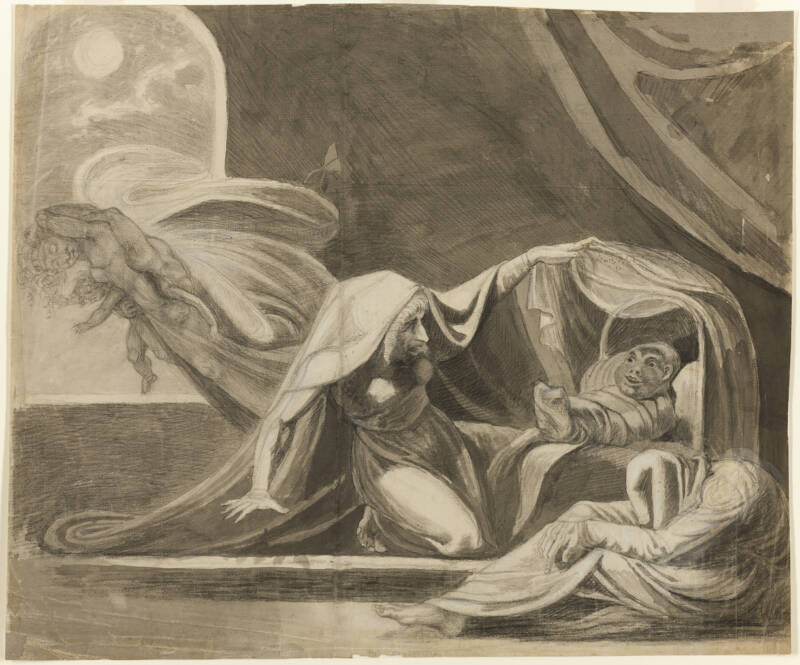Changelings, The Creepy Imposter Creatures From Irish Folklore

Heritage Art/Heritage Images via Getty Images“The Changeling” by Henry Fuseli (1780).
Within Irish folklore, it was said that fairies would sometimes kidnap human children from their homes. And when they took a child, they would leave an ugly fairy called a changeling in its place.
At first, the changeling might look exactly like the stolen child. Its parents might even believe the changeling was their child. But over time, certain traits would reveal it to be what it truly was.
While fairies often took the children they believed to be the most beautiful, the changeling imposter was typically deformed in some way, ill-tempered, and insatiably hungry.
There are a wide range of theories as to why the fairies would want to steal human children in the first place. Some stories suggest fairies kidnapped children to reinforce the fairy stock; others say the children were taken as payment to the Devil.
Unfortunately, legends also suggested that the only way to get a changeling to reveal itself was to torture it in some way — and this has tragically led to actual instances of abuse. In 1895, for example, a woman named Bridget Cleary was murdered by her husband because he believed she was a changeling.
Today, many folklorists believe the changeling myth stemmed from a historical lack of understanding of disabilities and illnesses. In short, superstitious parents whose children were sick or disabled came to believe that their child was replaced by some sort of monster. In many cases, these parents harmed their own children in hopes of getting their “real” child back.
Very rarely were people held accountable for harming a child they believed to be a changeling, despite the reality that these children were, in fact, just human. Thankfully, as science advanced throughout the 18th and 19th centuries, belief in changelings began to fade, and families became more aware and accepting of disabled children.





